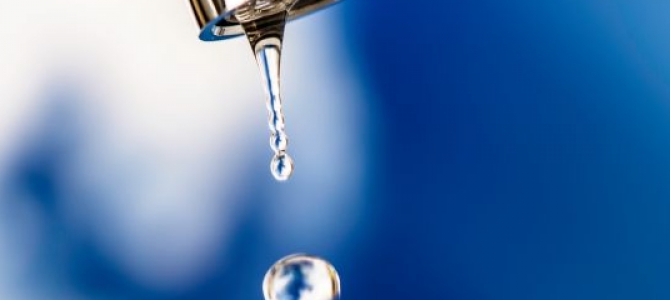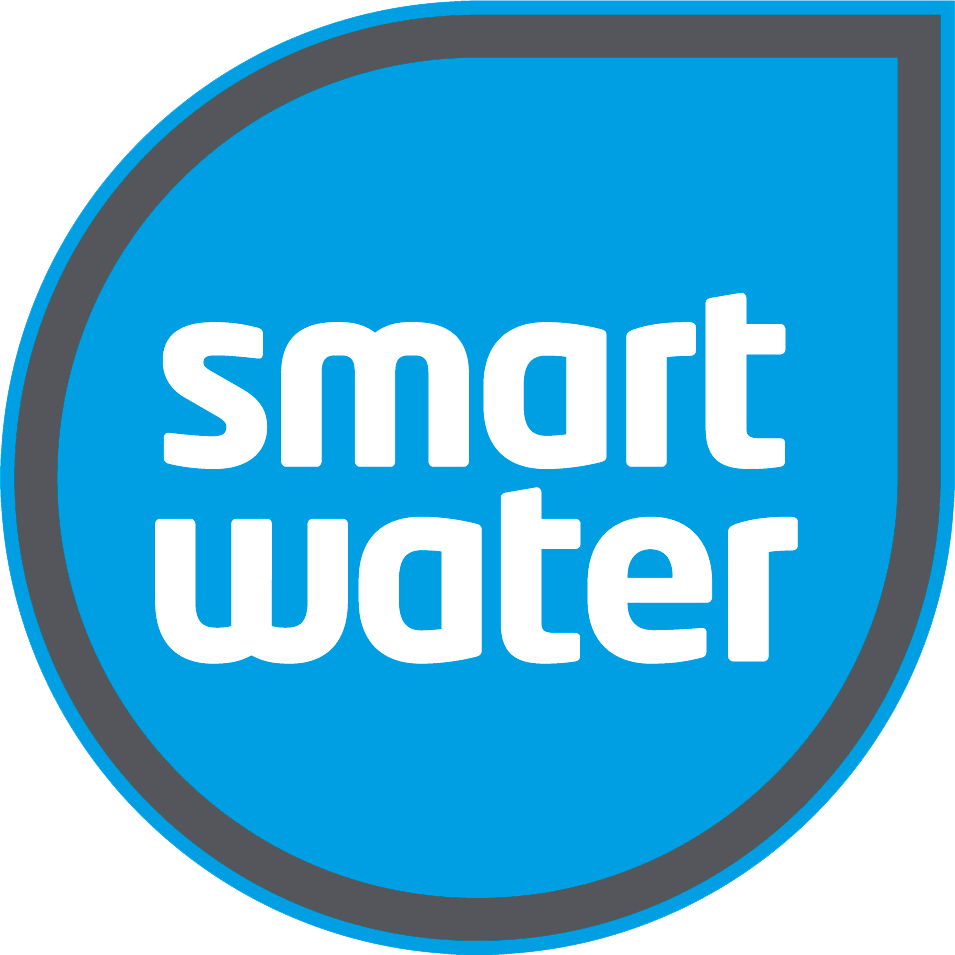 Shopping Cart
Shopping Cart
01 December 2023
Rainwater as a solution to water scarcity: case studies from around the world

Water scarcity has emerged as a global concern, with the United Nations projecting that by 2030, nearly half of the global population could be grappling with water shortages.
One potential solution to this pressing issue is the use of rainwater.
This blog will explore various case studies from around the world, illustrating how rainwater harvesting has been successfully implemented as a sustainable countermeasure to water scarcity.
Overview of Water Scarcity Around the World
Water scarcity is a pressing issue that affects every continent on the globe. According to the World Wildlife Fund (WWF), approximately 1.1 billion people worldwide lack access to water, and a total of 2.7 billion find water scarce for at least one month of the year.
In Africa alone, more than a quarter of the population faces water shortages, as detailed in a report by the United Nations Environment Program (UNEP). Similarly, Asia is home to almost half of the world's poorest people who are living without access to clean water, as indicated by Water.org.
These alarming figures underscore the urgency of finding sustainable solutions to address water scarcity, rainwater harvesting being one of the most promising among them.
Here in New Zealand, water scarcity has become an alarming issue, largely due to climate change and population growth. Particularly in the North Island, water restrictions are frequently imposed during summer. The New Zealand Government has recognised this issue and is currently working on an extensive freshwater reform to address it.
Australia has long grappled with water shortages, primarily as a result of its arid climate, irregular rainfall, and high evaporation rates. The Murray-Darling Basin, Australia's primary agricultural region, is especially vulnerable to water scarcity. The Australian Government's Bureau of Meteorology provides extensive data on water availability, usage, and restrictions.
In the USA, water scarcity is also a significant issue, particularly in the Western states such as California and Arizona. California has experienced severe droughts over the last decade, leading to strict water conservation measures. The U.S. Geological Survey provides comprehensive information on water use and the challenges of water scarcity across the country.
Benefits of Rainwater Harvesting
Rainwater harvesting offers substantial benefits, both domestically and commercially, especially in regions experiencing water scarcity. At a domestic level, rainwater harvesting allows households to become less reliant on municipal water supplies and can provide a sustainable secondary water source for gardening, washing cars, flushing toilets, and even laundry with proper treatment. Moreover, it reduces water bills and the strain on shared water resources.
Commercially, rainwater harvesting can be a game-changer. Industries such as agriculture, which require significant amounts of water, can substantially reduce their operational costs and reliance on external water supplies. Moreover, properties like hotels and office buildings can use harvested rainwater for landscaping and sanitation purposes, promoting sustainability while reducing overheads.
By augmenting water supply, rainwater harvesting can substantially alleviate the impact of water scarcity in hard-hit areas. For instance, in drought-stricken regions, harvested rainwater can supplement the water supply, thereby easing the demand pressure on shared resources.
Additionally, rainwater harvesting aids in groundwater recharge, reduces soil erosion, and mitigates the impact of flash floods by slowing run-off rates. Consequently, rainwater harvesting isn't just a temporary solution, but a long-term strategy for managing water scarcity.
Case Studies from India, South Africa, Mexico, Australia, New Zealand, and the USA
There are many examples from around the world of the success of rainwater harvesting systems. Below, you can find a snapshot of some of the most successful case studies from various countries worldwide.
Case study: India - The success of the ancient art of rainwater harvesting
In India, rainwater harvesting has been an age-old practice, especially in the arid regions of Rajasthan. A shining example of rainwater conservation is the city of Jaipur, where traditional water structures have been revived to combat water scarcity.
Case study: South Africa - Greywater recycling and rainwater harvesting combination
South Africa, particularly Cape Town, faced severe water scarcity in 2018, leading to the promotion of rainwater harvesting. A successful initiative is the implementation of Greywater Recycling Systems alongside rainwater harvesting in homes, reducing dependence on the municipal water supply.
Case study: Mexico - Rainwater harvesting in Mexico City
In Mexico City, one of the world's largest and most densely populated cities, rainwater harvesting has been implemented to address water scarcity. A notable initiative is the community-led Isla Urbana project, which has been installing rainwater harvesting systems in households across the city.
Case study: Australia - Mandating rainwater harvesting in new homes
In Australia, rainwater harvesting is encouraged on a large scale. The state of Queensland mandates the installation of rainwater tanks in all new homes, resulting in significant water savings. The success story of Toowoomba, a city that adopted rainwater harvesting to overcome a prolonged drought, is a testament to the effectiveness of this approach.
Case study: New Zealand - Waiheke Island Rainwater Collection
In New Zealand, Waiheke Island demonstrates an inspiring example of rainwater harvesting. Due to its reliance on tank water, the majority of properties on the island have rainwater collection systems. The Waiheke Resources Trust promotes this practice through educational initiatives explaining the benefits of rainwater collection. The trust also provides guidance on the installation and maintenance of these systems, ensuring sustainable water management on the island.
Case study: USA - Rainwater Harvesting in Tucson, Arizona
The city of Tucson in Arizona, USA, known for its arid climate, has made notable strides in the implementation of rainwater harvesting. The Tucson Rainwater Harvesting Rebates Program offers financial incentives for residents and businesses to install rainwater harvesting systems. This initiative has led to the widespread adoption of rainwater harvesting methodologies, providing a solution to water scarcity and contributing to the conservation of the region's water resources.
Climate Change, Weather Patterns, and Expected El Niño in New Zealand
Climate change is causing dramatic alterations to weather patterns worldwide. The warming of the planet leads to more extreme weather events, such as intense storms, heat waves, and prolonged periods of drought.
In the context of New Zealand, these changes are anticipated to culminate in an El Niño climate shift this year. El Niño is a climate pattern characterised by the warming of ocean surface temperatures in the central and eastern tropical Pacific, which can significantly influence weather systems.
For New Zealand, this could mean the emergence of drier conditions on the east coast and more rainfall on the west coast.
This climate shift further emphasises the importance of sustainable water management practices, such as rainwater harvesting, to ensure the resilience of water resources in the face of changing weather patterns.
The Need for Regulations to Support Rainwater Collection
While rainwater harvesting is a practical and sustainable solution to water scarcity, it is still not widely regulated or supported in many regions. According to the Water Research Foundation, different countries and states have disparate laws regarding the collection and usage of rainwater, which can inhibit the widespread adoption of this method.
In the UK, for instance, the Rainwater Harvesting Association works towards creating a framework that fosters the implementation of rainwater harvesting systems. However, these efforts may still be hindered by the lack of a cohesive, nationwide policy.
In the United States, the situation is even more varied. Some states, like Colorado, have historically had laws that restrict rainwater collection, whereas states like Arizona (as mentioned earlier in this post) actively encourage it with rebate programs. The National Conference of State Legislatures provides an overview of these diverse regulations.
This lack of uniformity in regulations could lead to confusion and hesitance about committing to rainwater harvesting. Hence, the establishment of clear and supportive laws on a global scale is crucial for promoting the adoption of this water-saving practice and ensuring the sustainable use of our planet's resources.
How to Implement a Rainwater Harvesting System at Home
Implementing a rainwater harvesting system at home could be a pivotal step towards addressing water scarcity issues. Utilising rainwater tanks, homeowners can collect, store, and use rainwater for various non-potable tasks such as watering plants, washing cars, or even flushing toilets. This not only reduces the demand on our increasingly strained water supplies but also cuts down on household water bills.
Installing a rainwater tank may seem daunting, but the process is rather straightforward. Tanks can range in size from small barrels to larger, industrial-sized tanks and can fit into a variety of spaces - from backyards to rooftops. Once installed, a system of gutters and pipes directs rainwater into the tank. The water can then be treated, if necessary, and used as needed.
While individual home rainwater tanks might seem like a drop in the ocean, it is important to remember that every small step contributes towards a larger solution. If more households adopt such practices, the cumulative effect could significantly alleviate the pressure on municipal water supplies.
Remember, every sustainable action counts. By introducing a rainwater harvesting system into your home, you are making a positive impact on our planet's water resources.
The Future of Rainwater Harvesting as a Solution to Global Water Scarcity
As we look forward, rainwater harvesting has the potential to play a crucial role in combating global water scarcity. Already, we see countries like Australia and Germany leading the way with extensive rainwater harvesting infrastructures. In these nations, rainwater management is not just an individual responsibility but is embedded in urban planning and building codes, making it a collective effort.
In the future, with the advent of advanced technologies and increased awareness about water conservation, we can expect to see more sustainable and efficient rainwater harvesting systems. Developments like smart rainwater tanks that monitor water levels and usage could become commonplace, enabling households to manage their water supply more effectively.
Additionally, larger-scale rainwater harvesting projects could become a significant component of urban and rural water management. These could range from community-based rainwater harvesting systems to city-wide infrastructure projects, all aimed at making the most of every drop of rainfall.
However, for these potential futures to become a reality, it is crucial for policymakers, city planners, and individuals to understand and embrace the importance of rainwater harvesting. Education, policy changes, and incentives are key drivers that can encourage this adoption and ensure that rainwater harvesting becomes part of our solution to global water scarcity.
How Smart Water is Helping Homes and Businesses to Manage Harvested Rainwater
Smart Water, with our innovative technology and systems, is leading the way in effective rainwater harvesting management. This allows homes and businesses to effortlessly monitor and manage their harvested rainwater usage, resulting in significant water savings and improved sustainability.
Smart Water's standout product is our IoT-based water level sensor, which automatically tracks and records the water level in rainwater tanks. The data is then relayed to users through a mobile app or web platform, allowing them to monitor their water usage in real time and make necessary adjustments. This level of control and visibility not only helps to prevent water wastage but also ensures a constant, reliable supply.
But it's not just about individual tanks. Smart Water's technology can be integrated across multiple tanks and sites, making it an ideal solution for businesses or larger residential complexes. This feature allows for widespread water monitoring, facilitating efficient water management on a larger scale.
The benefits of using services like Smart Water are manifold, including reduced water bills, decreased reliance on mains water, and contributing to a more sustainable future. By making the process of rainwater harvesting seamless and user-friendly, Smart Water is playing a pivotal role in encouraging wider adoption of these practices.
